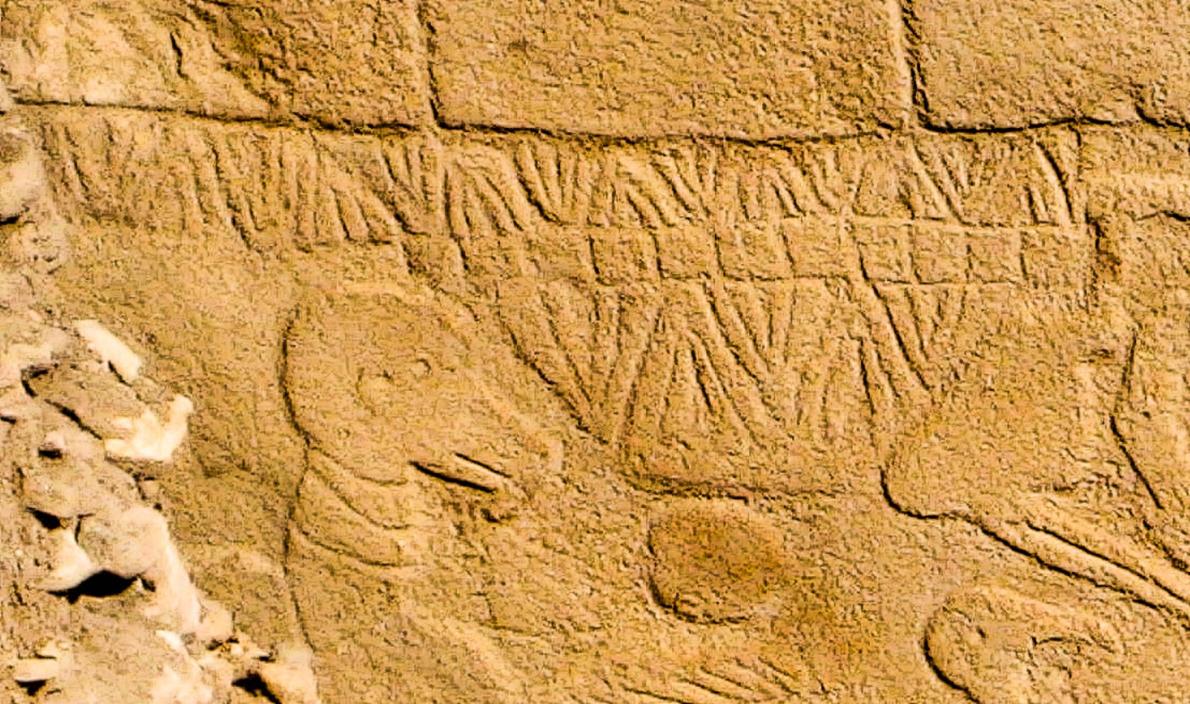Some sites are archaeological research and you can't just wander around like you can in Cappadocia. That is the case with the Göbekli Tepe temples in southern Turkey. It was inhabited in neolithic times and is ground zero in the culture wars over whether agriculture begat civilization or the other way around. Archaeological evidence shows they processed grain there, for example, but not that they grew it.
A new hypothesis says it may also have recorded a cataclysmic event for future generations, making it the world's first calendar. Their reasoning is based on v-shaped markings on a stone pillar dating back to 10,000 BC. They believe each 'v' is marking a single day, which they added up to a solar calendar of 365 days: 12 lunar months plus 11 days. A calendar using both lunar months and then a solar year would be the first known to-date. By a lot. And if they used precession - the wobble of earth's axis due to the sun and moon - they beat its first documented instance by 10,000 years.

Image provided by the University of Edinburgh.
if they were tracking the moon and sun they were planning for changes of seasons but were also learning about constellations - and perhaps a big cosmological event.
If the markings are for days, months and years, the authors suggest another pillar may be more direct. They say the images could the Taurid meteor stream, which showered earth with comet fragments for an entire month and caused an ice age that lasted for a thousand years.



Comments